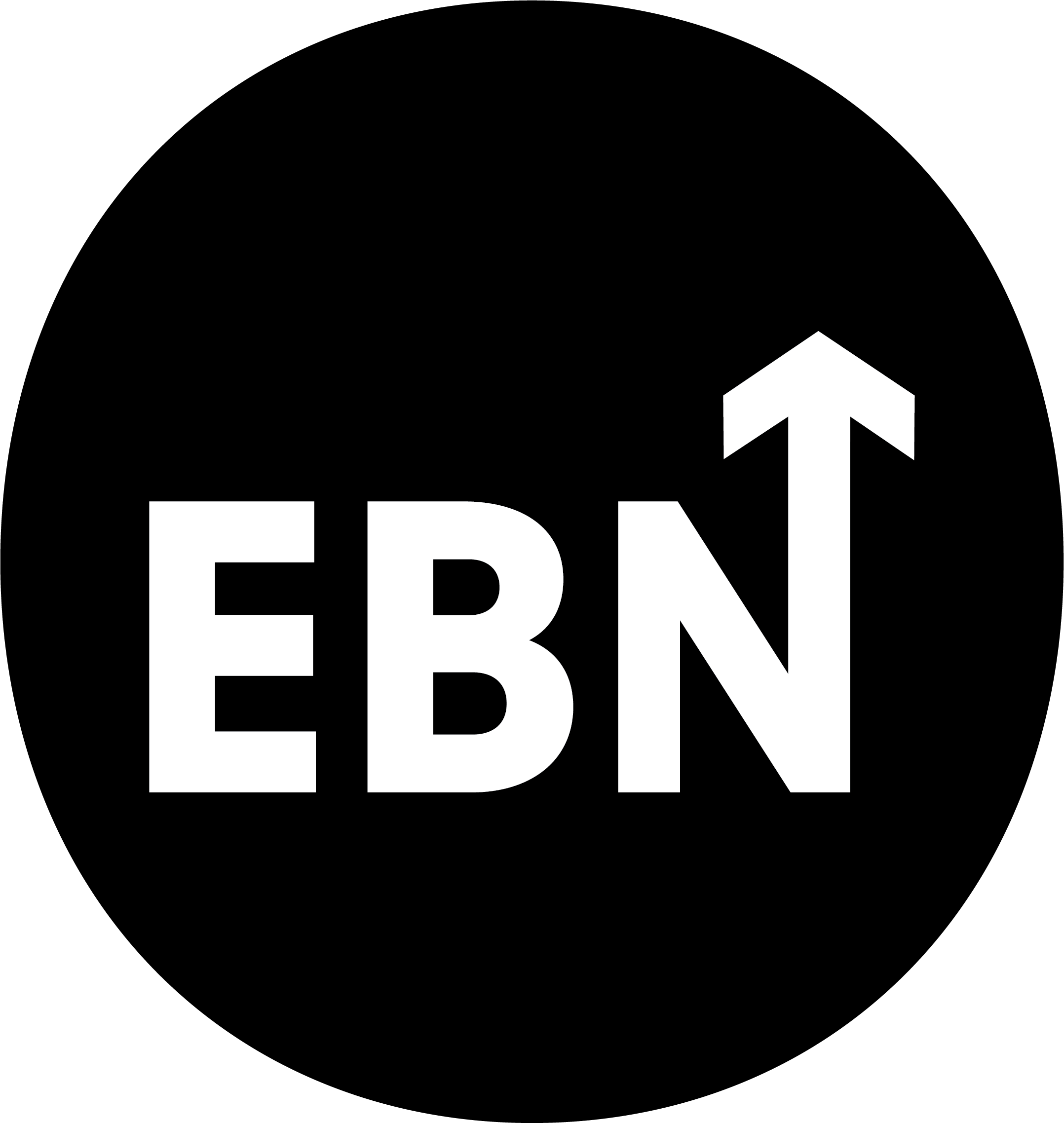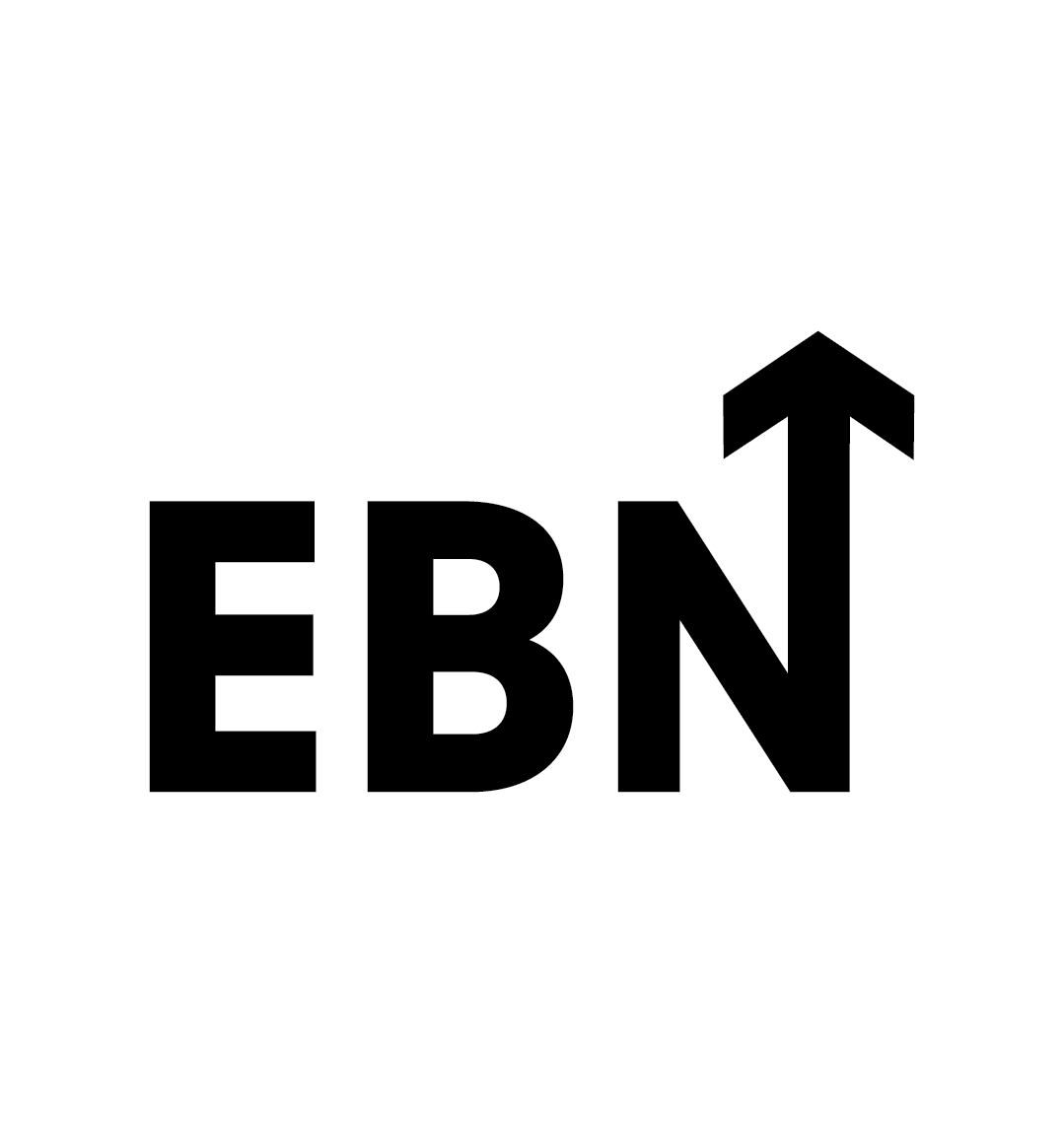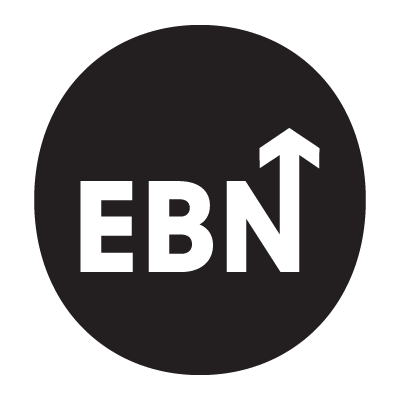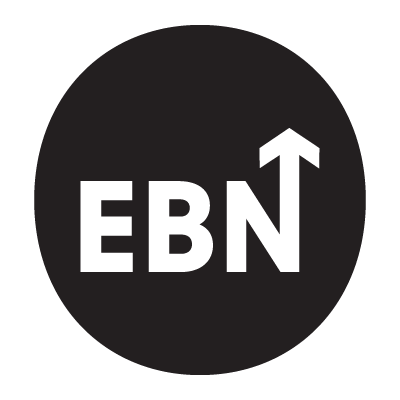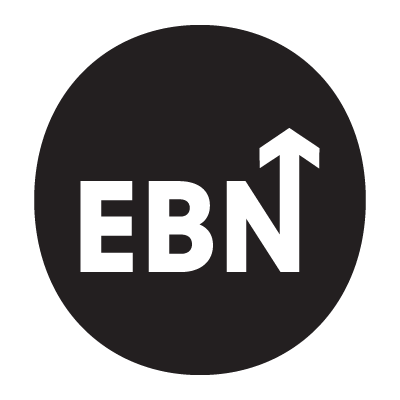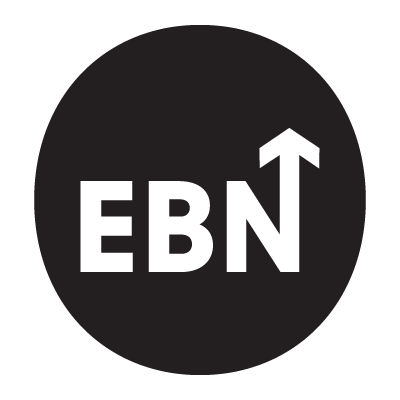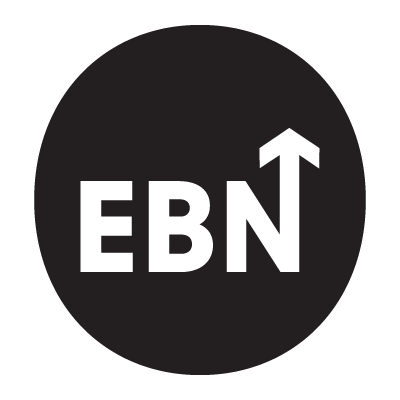From AI-driven transformation to employee burnout, Deloitte’s 2025 Global Human Capital Trends report delivers a crystal-clear message: businesses that fail to humanise their workforce strategies while embracing technological change will find themselves outpaced, out-recruited, and out of sync.
So what does that mean for the professionals tasked with attracting and retaining the best people in a fiercely competitive talent market?
It means the old EVP is dead. Skills-first is only half the story. And if your employer brand still talks about “team spirit” without addressing AI upskilling, you’ve already lost the plot.
Let’s break it down.
Part 1: Key Insights from Deloitte’s Human Capital Trends Report
1. Your EVP Needs an Urgent Overhaul
According to Deloitte, over 70% of workers and managers are more likely to join and stay with a company if its employee value proposition (EVP) helps them thrive in an AI-enabled world.
That’s not a gentle nudge. That’s a neon sign flashing:
“Help your people adapt or they’ll leave.”
🔍 What it Means for Talent Attraction:
- Generic EVPs won’t cut it anymore. “Inclusive culture” and “competitive salary” are baseline. Today’s candidates are scanning for signals that you’re serious about skills, psychological safety, and future-readiness.
- EVP is no longer about ‘why us.’ It’s about ‘how will we help you adapt to what’s next?’
🛠️ What You Can Do:
- Reframe EVP pillars to spotlight capability-building, resilience, and tech-human integration.
- Create candidate-facing content showing how your workplace prepares people for a future of AI, agility, and continuous growth.
2. AI is Here and Nobody Feels Ready
Despite the hype, 82% of employees have received no training in how to use generative AI at work.
Meanwhile, executives expect productivity boosts of 10–30% from AI in the next three years. That’s a dangerous gap: expectation without enablement.
🔍 What it Means for Talent Retention:
- Employees know AI is coming and they’re watching how you prepare them for it.
- If your brand narrative includes “innovative tech culture” but your people don’t feel AI-literate, the disconnect breeds distrust.
🛠️ What You Can Do:
- Partner with L&D to make AI literacy a front-line story in your employer brand.
- Highlight AI training pathways, learning labs, and ethical guardrails in recruitment messaging.
3. Leadership Needs a Rebrand and a Retraining
Forget top-down command structures. Deloitte’s report pushes for “stagility” stability plus agility led by transparent, emotionally intelligent, and distributed leaders.
It’s time to rethink the leadership archetype.
🔍 What it Means for Employer Branding:
- Candidates and employees alike are assessing leadership culture as much as job perks.
- Inconsistent management experiences are still the #1 cause of attrition across industries.
🛠️ What You Can Do:
- Elevate mid-level managers in your employer brand. Share stories of leaders driving inclusion, resilience, and innovation at the team level.
- Turn your leadership development programmes into talent magnets. Make “how we grow our leaders” a key EVP pillar.
4. Workers Want Flexibility But Not Just in Location
Yes, flexibility still matters. But Deloitte’s framing goes beyond remote/hybrid to something much deeper: flexibility in work design, role fluidity, and even purpose.
And here’s the kicker: only 33% of HR leaders prioritise flexibility as a strategy.
🔍 What it Means for Talent Attraction:
- If you’re not actively promoting dynamic work models, you’re going to lose out to competitors who are.
- Flexibility is no longer a perk it’s the cost of entry.
🛠️ What You Can Do:
- Audit your careers site and job ads: how specifically do you communicate flexibility?
- Launch an employee-led storytelling series showcasing flexible work in action across departments, roles, and geographies.
5. The Real ROI of Tech Is Human Adoption
Deloitte is blunt: “Technology without human adoption delivers zero value.”
We love a good truth bomb.
Your shiny new HR tech stack means nothing if your people aren’t equipped to use it and proud to share how it makes their work better.
🔍 What it Means for Employer Branding:
- Employer brands that over-index on tech but underplay enablement risk alienating candidates who want meaningful, future-proof work.
- The best recruiting content doesn’t show a chatbot it shows a person saying: “This tool makes me better at what I do.”
🛠️ What You Can Do:
- Promote employee success stories that link tech tools to career impact.
- Collaborate with IT and People teams to showcase how you’re building a digital confidence culture, not just a digital-first one.
Part 2: How Deloitte Compares to WEF, Randstad, LinkedIn & Mercer Reports
To get the full picture, we’ve laid Deloitte’s findings alongside the other major 2025 workforce reports. Here’s how it stacks up:
|
Trend |
Deloitte 2025 |
WEF 2025 |
Randstad 2025 |
LinkedIn 2025 |
Mercer 2025 |
|---|---|---|---|---|---|
|
AI |
Augmenting humans, EVP essential |
Displacement risk |
Bias reduction, CX focus |
AI enhances recruiter efficiency |
Productivity gains, ethics under fire |
|
EVP |
Capability-led, future-focused |
Not prioritised |
Needs flexibility |
Built on trust and growth |
Experience-driven and skills-first |
|
Skills |
Digital gap urgent, few upskilling efforts |
Reskilling mismatched with demand |
Skills-first hiring dominant |
Human skills in demand |
Experiential learning crucial |
|
Leadership |
‘Stagility’, empathy, distributed power |
Under-emphasised |
Critical but underfunded |
Managers shape strategy |
Psychological safety vital |
|
Internal Mobility |
Seen as essential to agility |
Minimal coverage |
81% see as a priority |
Embedded in strategy |
Key to retention and development |

The World Economic Forum’s Future of Jobs Report 2025

Randstad’s 2025 Global Talent Trends

LinkedIn’s Future of Recruiting 2025

Mercer’s 2024-2025 Global Talent Trends
Where They Align: Consistency Across the Talent Multiverse
If there’s one recurring drumbeat across all five reports, it’s this: skills-first, flexibility-rich, and AI-savvy employers will dominate the next decade of hiring and retention. The consensus is loud and clear, employee expectations are accelerating faster than most company cultures, and traditional EVP thinking is woefully outdated.
All reports champion internal mobility, albeit with varying intensity. Randstad leads with quantifiable emphasis (81%), while Deloitte and Mercer elevate it as a strategic necessity. Even LinkedIn’s recruitment lens supports the shift inward, with skill-based role matching and internal career paths climbing recruiter priority lists.
Flexibility also features heavily, Randstad and Mercer position it as a deal-breaker, while Deloitte takes it further, pushing us to redefine flexibility beyond time and place into job design, purpose, and autonomy.
Where They Diverge: The Unique (and Revealing) Outliers
Deloitte’s biggest divergence is its treatment of AI as EVP-critical. While WEF still leans on the dystopian narrative of job displacement, and Randstad frames AI as a DEI enabler, Deloitte delivers the strongest position: if your EVP doesn’t address how people will thrive alongside AI, it’s obsolete.
Leadership is another area where perspectives vary wildly. WEF largely ignores it. Randstad flags it but doesn’t go deep. Mercer and Deloitte make the strongest case: leadership culture and development aren’t internal luxuries—they’re public-facing brand assets. For employer brand leaders, this is a wake-up call to stop hiding middle management behind the corporate curtain.
And then there’s the EVP itself. Only Deloitte and Mercer treat EVP as a dynamic, evolving asset. WEF and LinkedIn circle it indirectly, and Randstad treats it more as a messaging mismatch than a structural opportunity.
So What? What This Means for Employer Branding Leaders
For employer brand professionals, these reports offer both a compass and a call to arms. The compass? Clear direction on the themes that matter most: AI integration, skills-first development, human-led leadership, and real flexibility. The call to arms? A demand to move faster and with more intentionality than ever before.
We’re no longer in the era of brand-led storytelling. We’re now in the era of employee-experience-first storytelling. If your EVP doesn’t reflect what people are actually experiencing, it’s not just ineffective, it’s counterproductive.
The takeaway? Employer branding is now the connective tissue between strategy and execution. It’s the narrative layer that makes transformation visible and trustable to talent.
And if all five reports agree on anything, it’s this: the future of work won’t wait for laggards.
So, move fast. But move meaningfully.
The Talent Battleground Just Got Smarter
Between WEF’s warnings, Randstad’s optimism, LinkedIn’s playbook, Mercer’s flexibility lens, and Deloitte’s human-AI roadmap one truth rises above the buzz: work is being redefined at speed, and employer brands must evolve just as fast.
Deloitte’s report isn’t just a forecast it’s a framework. For EVP architects, TA leaders, and People teams, the next 12 months will be defined by how well we translate future trends into present-day proof.
Are you ready?
Because your candidates already are.
Takeaways
Rebuild your EVP from the inside out.
Stop selling perks start showcasing adaptability, growth, and future readiness.
Don’t just talk about AI train for it.
If 82% of your workforce hasn’t touched GenAI, the clock’s ticking.
Flexibility now means design, not just days at home.
Expand your definition and your messaging.
Turn middle managers into employer brand storytellers.
They’re closest to the action and the attrition.
Digital adoption is your competitive edge.
Human impact > tech specs.
Skills-first means show, not tell.
Your employer brand must demonstrate how internal mobility and upskilling really work.
Benchmark broadly but brand locally.
Deloitte offers the global macro view. Your job is to translate it into talent experience at ground level.

